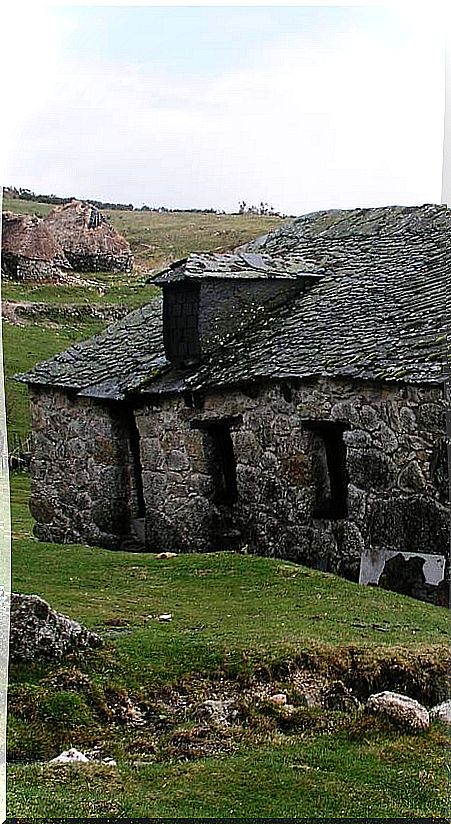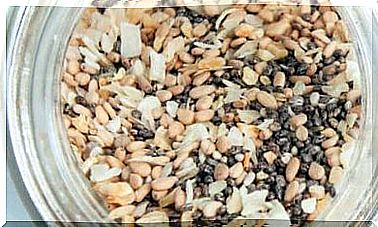Why Is It Necessary To Avoid Radon Gas?
It is the invisible or silent enemy that seeps from the ground into the houses and increases the risk of developing lung cancer.

In some territories of Spain, half of the population is exposed to an excess of radon gas, which increases the risk of suffering from various types of cancer, especially lung cancer.
What is radon gas and where is it found?
Radon is a radioactive gas found in nature. It is produced from the degradation of uranium found in granite rocks. From these it dissipates into the air of the houses that are built on the area or that have been built with materials that emit it. It is also found in water that has flowed between emitting rocks.
In the open air, radon dissipates and reaches very low concentrations – between 5 and 15 Bq / m3 – which do not represent any problem. The problem arises especially in the interior spaces, in the houses that are in the radon emitting regions.
Radon seeps into homes through cracks in the floors, down drains and spaces around pipes or cables, from pores in walls made of hollow concrete blocks.
Radon generally reaches higher concentrations in basements, cellars, and living spaces that are in direct contact with the ground.
In addition to homes, radon gas is concentrated in mines, caves, and water treatment plants.
Does radon gas cause lung cancer?
According to the World Health Organization, radon gas is the most important cause of lung cancer after tobacco.
Radon is found in the air as invisible particles that when you breathe, stick to cells in the airways and lungs, where they can damage DNA and lead to cancer.
It is estimated that for every 100 Bq / m3 of concentration per cubic meter, the risk of suffering from lung cancer increases by 16% and probably also increases the risk of suffering from other types of tumor.
Any exposure, no matter how small, especially if it lasts for years, increases the risk of cancer. That is, there is no safe dose. But since it is a gas that occurs naturally in the environment and cannot be completely avoided, the WHO considers an acceptable limit up to 100 Bq / m3. If this level cannot be reached, the WHO recommends avoiding by all means exceeding 300 Bq / cm3
In which territories is there the most radon?
In Spain, Galicia is the autonomous community most affected. A study by the University of Santiago de Compostela estimates that in 42 of the 53 Galician regions dangerous concentrations of radon can occur in homes.
According to the Nuclear Safety Council (CSN), in addition to Galicia, there are sensitive areas in Madrid, Salamanca, Ávila, Toledo, Cáceres, Seville, Córdoba, Jaén, Almería and Gran Canaria.
The most affected areas can be seen on the map prepared by the CSN:
Map of radon potential in Spain

Can you test for radon gas?
Radon is odorless, colorless, or tasteless. That’s why scientists call it the silent or invisible danger. Therefore, it goes completely unnoticed in homes.
To know if there is radon in our house and in what concentration , a measurement can be requested from a specialist technician who knows the protocol. It is a simple and cheap job. This measurement must be repeated over three months so that we can make effective decisions.
If we have been measured and the level requires control measures, such as increasing ventilation or improving the insulation of the house, we can purchase a meter that will keep us informed at all times.
- Airthings Wave Smart Radon Detector
- AirThings Corentium Home
What can be done to avoid radon?
The lower the radon concentration in a home, the lower the risk of lung cancer. In most cases, the radon concentration can be reduced to acceptable levels by ventilating interior spaces well.
To do this, you have to open the windows once or twice a day, ensuring that there is some draft. In basements, vaults and parking lots, it may be necessary to install exhaust fans, repair cracks and improve insulation.
However, the best solution is to avoid building the houses on highly emitting land and in any case to do so by incorporating architectural solutions.
Since 2007, the Xunta de Galicia requires that new constructions have a 20 cm high ventilated sanitary space that separates them from the ground, although some experts consider it necessary up to 60 cm.









